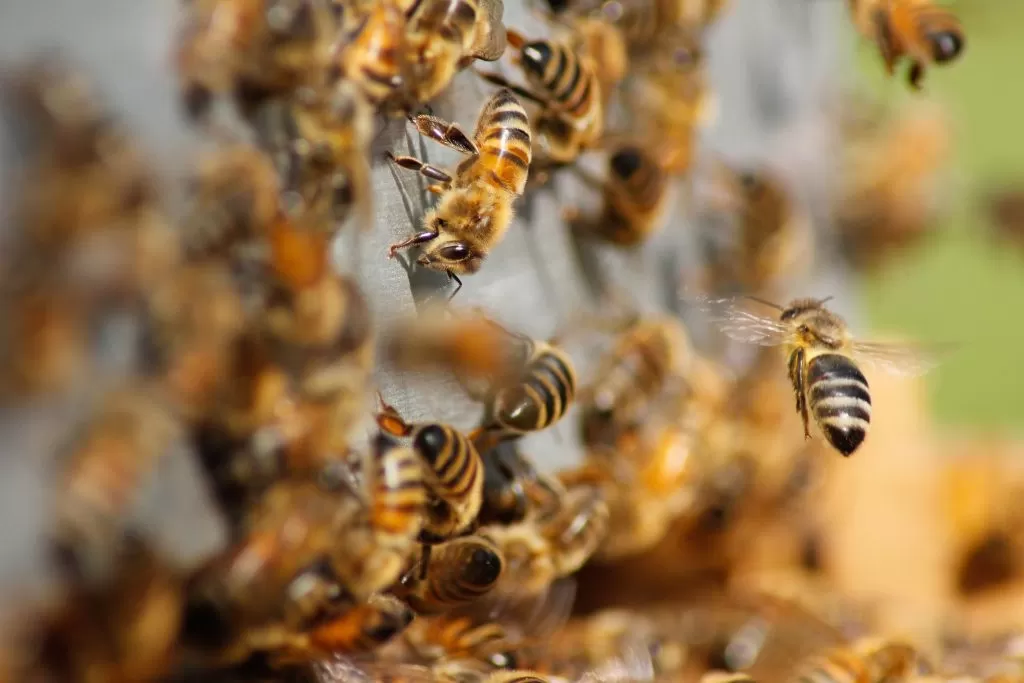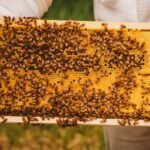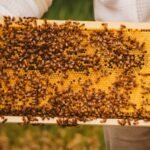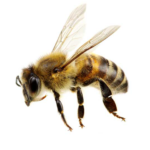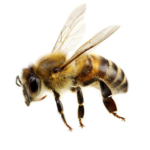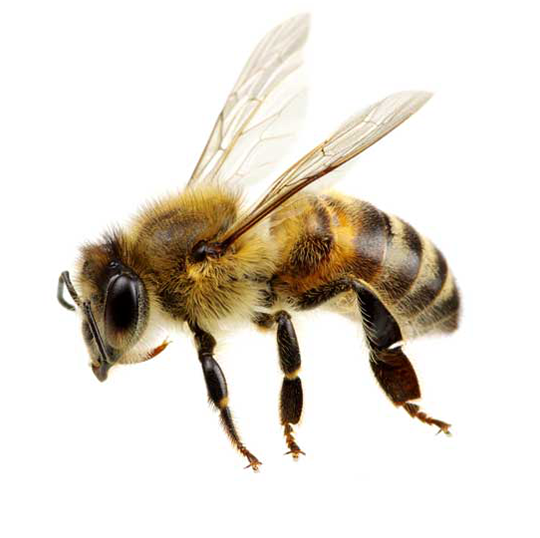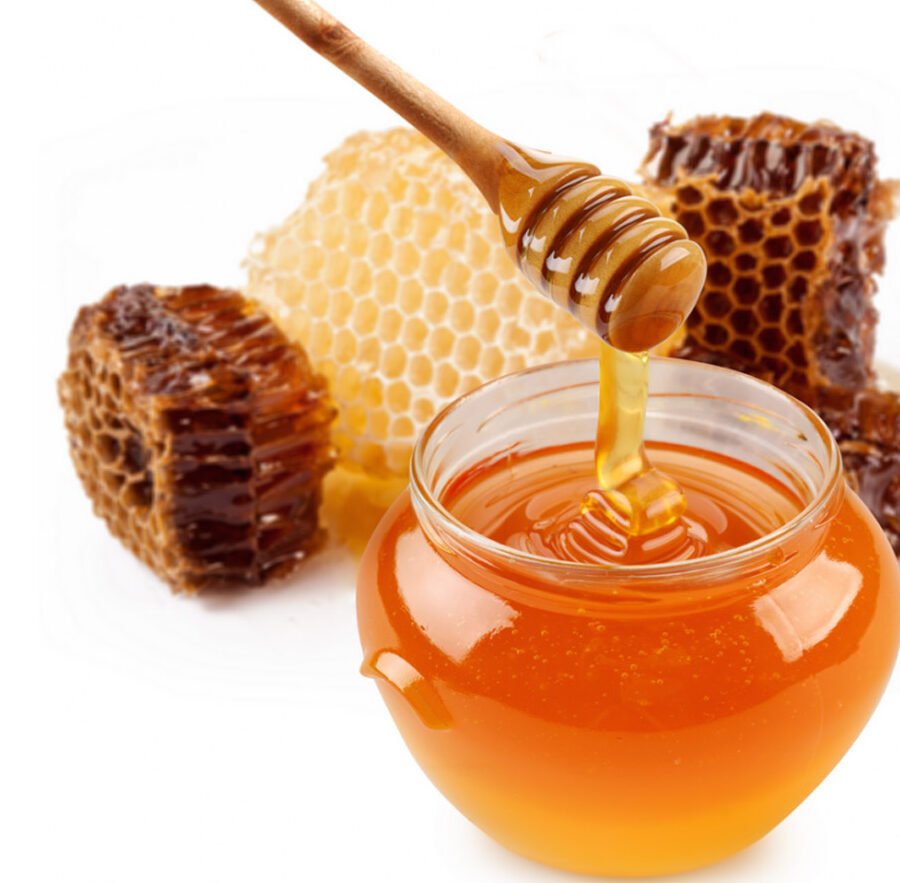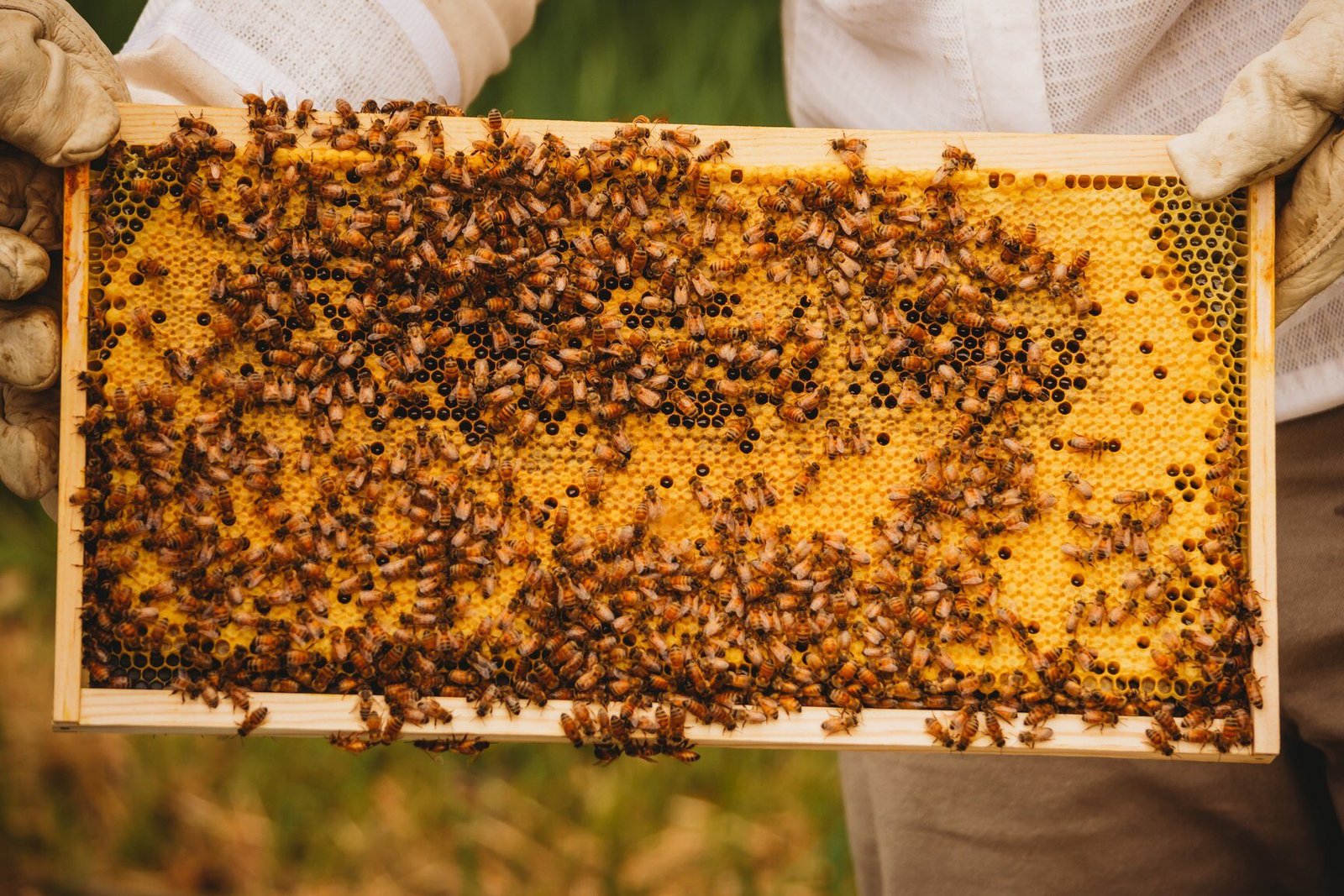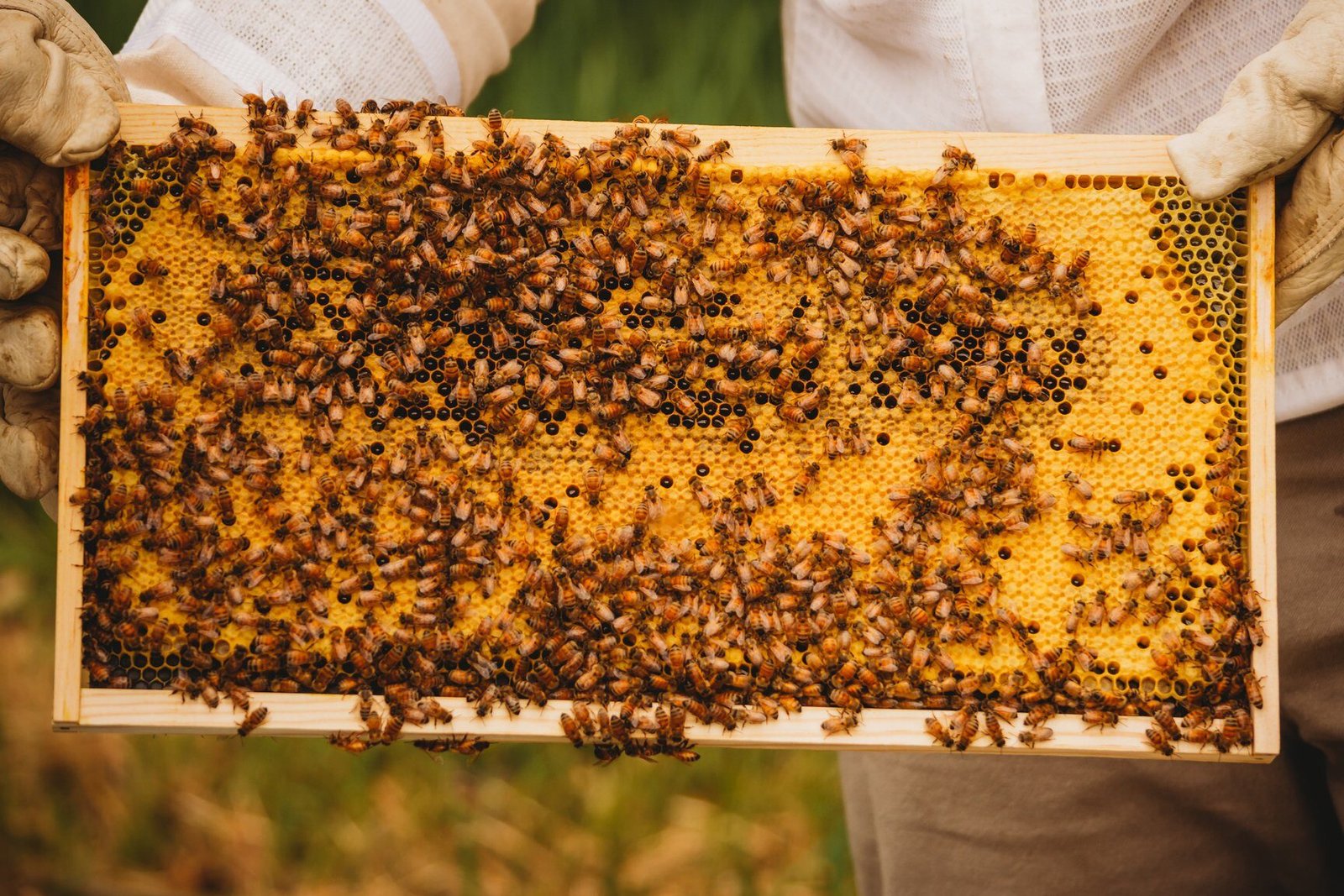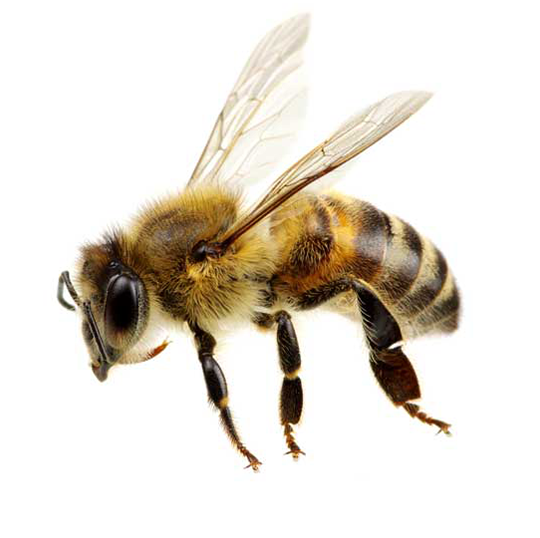[ad_1]
The Importance of Bees in Maintaining Biodiversity and Seed Diversity
Introduction
Bees are some of the most important creatures on our planet. Not only do they produce delicious honey, but they also play a crucial role in maintaining biodiversity and seed diversity. Their pollination services are essential for the survival of many plant species, which in turn supports the overall health of ecosystems. In this article, we will explore the significant role bees play in maintaining biodiversity and seed diversity, and why their conservation should be a top priority.
What is Biodiversity?
Biodiversity refers to the variety of life forms, including plants, animals, and microorganisms, that exist on Earth. This diversity is crucial for the long-term health and stability of ecosystems. Biodiversity provides numerous benefits, such as improved ecosystem functioning, nutrient cycling, carbon sequestration, and climate regulation. Bees, as pollinators, contribute significantly to maintaining biodiversity by facilitating the reproduction of flowering plants.
The Role of Bees in Pollination
Bees are exceptional pollinators due to their foraging behavior and physical characteristics. When bees visit flowers in search of nectar, they inadvertently collect pollen on their bodies. As they move from one flower to another, they transfer this pollen, allowing for cross-pollination between plants of the same species. This transfer of pollen is essential for plants to produce seeds, fruits, and healthy offspring.
Seed Diversity and Genetic Variation
Seeds are the starting point for plant growth and reproduction. Maintaining a diverse gene pool within plant populations is crucial for their long-term survival and adaptation to changing environmental conditions. Bees play a critical role in promoting seed diversity by ensuring cross-pollination. Cross-pollination introduces genetic variation, allowing plants to produce offspring with unique traits that may be better suited to survive in different habitats or resist diseases and pests.
Impact on Ecosystems
The impact of bees on ecosystems cannot be overstated. Pollination by bees contributes to the reproduction and survival of many flowering plants, including both wild species and agricultural crops. These plants, in turn, provide habitats, food, and shelter for other organisms such as insects, birds, and mammals. The disappearance of bees would disrupt this intricate web of interactions, leading to a decline in biodiversity and a potential collapse of ecosystems.
The Threats Facing Bees
Unfortunately, bees are facing numerous threats that jeopardize their populations and their vital role as pollinators. The indiscriminate use of pesticides, habitat loss due to urbanization and intensive agriculture, climate change, and diseases are all contributing to the decline of bee populations worldwide. It is crucial to address these threats and take immediate action to protect bees and their habitats.
Conservation Strategies
To protect bees and their essential role in maintaining biodiversity and seed diversity, various conservation strategies can be implemented. These include:
1. Creating Bee-Friendly Habitats:
– Planting native flowering plants that provide a diverse range of resources throughout the year
– Reducing or eliminating pesticide use in gardens and farms
– Providing nesting sites for native bees, such as bee hotels or bare ground
2. Supporting Organic Farming:
– Encouraging and promoting organic farming practices that minimize pesticide use and preserve natural habitats for bees
3. Raising Awareness:
– Educating the public about the importance of bees and the impact of their decline on ecosystems
– Encouraging individuals to plant bee-friendly gardens and support local beekeepers
4. Research and Monitoring:
– Conducting research to better understand bee populations, behaviors, and the impact of different stressors
– Implementing monitoring programs to track changes in bee populations over time
FAQs
Q: Why are bees important for maintaining biodiversity?
– Bees are crucial pollinators that facilitate the reproduction of many flowering plant species, leading to the production of seeds and fruits. This process ensures the survival of diverse plant populations, which in turn support the overall health and stability of ecosystems.
Q: How do bees contribute to seed diversity?
– Bees promote seed diversity by facilitating cross-pollination between plants. Cross-pollination introduces genetic variation, allowing plants to produce offspring with unique traits that can better adapt to changing environmental conditions, resist diseases, and pests.
Q: What will happen if bees disappear?
– The disappearance of bees would have a catastrophic impact on ecosystems. It would disrupt the pollination of numerous plant species, leading to a decline in biodiversity and potentially causing the collapse of ecosystems. This, in turn, would have far-reaching consequences for humans and other animals that depend on these ecosystems for food, shelter, and various resources.
Q: How can individuals help protect bees?
– Individuals can help protect bees by creating bee-friendly habitats in their gardens or communities, avoiding the use of pesticides, supporting organic farming practices, raising awareness about the importance of bees, and supporting local beekeepers.
Q: Are all bees equally important for pollination?
– While honeybees are often considered the most famous pollinators, wild native bees also play a crucial role in pollination. Different bee species have different preferences for flowers, and their activities contribute to the pollination of a wide variety of plants.
Q: Are there any economic benefits associated with bee conservation?
– Yes, there are significant economic benefits associated with bee conservation. Bees contribute to the pollination of many agricultural crops, increasing their yields and quality. The economic value of pollination services provided by bees is estimated to be billions of dollars annually.
Conclusion
Bees are not just extraordinary creatures that produce honey; they are vital for maintaining biodiversity and seed diversity. Without bees, ecosystems would suffer, leading to potential food shortages and the loss of many plant and animal species. Protecting bees and their habitats is essential for the long-term health of our planet. By implementing conservation strategies and raising awareness, we can secure a future where bees continue to thrive, ensuring the sustainability of our ecosystems for generations to come.
[ad_2]
